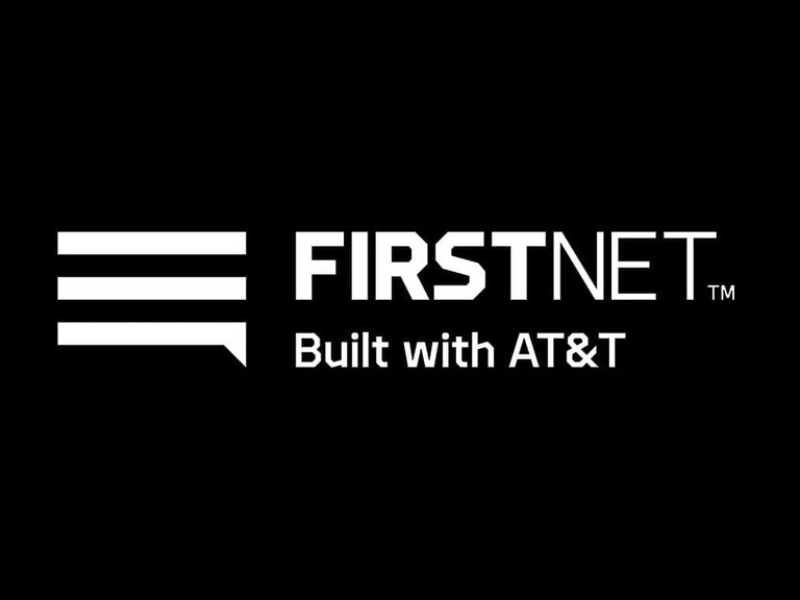- FirstNet, built with AT&T, has added 20,000 square miles of terrestrial wireless coverage in the past year.
- The network now supports more than 7 million public safety connections across the US.
What happened: Significant expansion of FirstNet coverage
FirstNet, the only 5G network built specifically for America’s first responders, has significantly expanded its coverage and capabilities. The network has added 20,000 square miles of terrestrial wireless coverage over the past year, an area more than twice the size of New Jersey. This expansion brings the total coverage to over 2.99 million square miles, surpassing competing networks by 250,000 square miles. The enhanced coverage extends across urban, suburban, rural, territory, and tribal areas, providing critical connectivity for first responders wherever they are needed.
In addition to the expanded terrestrial coverage, FirstNet is working with AST SpaceMobile to deliver space-based cellular connectivity. This collaboration aims to provide mission-critical capabilities such as push-to-talk services in hard-to-reach areas. FirstNet has also introduced the Nextivity SHIELD MegaFi 2 router, which offers 5G-enabled high-power user equipment (HPUE) for better building penetration and broader coverage. These routers are available in fixed, portable, and in-vehicle form factors, enhancing connectivity in challenging indoor environments like basements and stairwells.
Also Read: O2 Germany expands rural 5G coverage
Also Read: Verizon expands satellite messaging services
Why it is important
The expansion of FirstNet’s coverage and capabilities is crucial for ensuring reliable and resilient communications for first responders. With emergencies occurring in diverse locations, having a dedicated network with extensive coverage is essential. FirstNet’s commitment to providing priority and preemption across 5G, LTE, and Band 14 ensures that first responders can maintain critical connectivity during emergencies.
The introduction of high-power user equipment and space-based cellular connectivity further enhances the network’s reliability and reach. These advancements not only support public safety agencies but also contribute to the overall preparedness and response capabilities of communities across the US.

